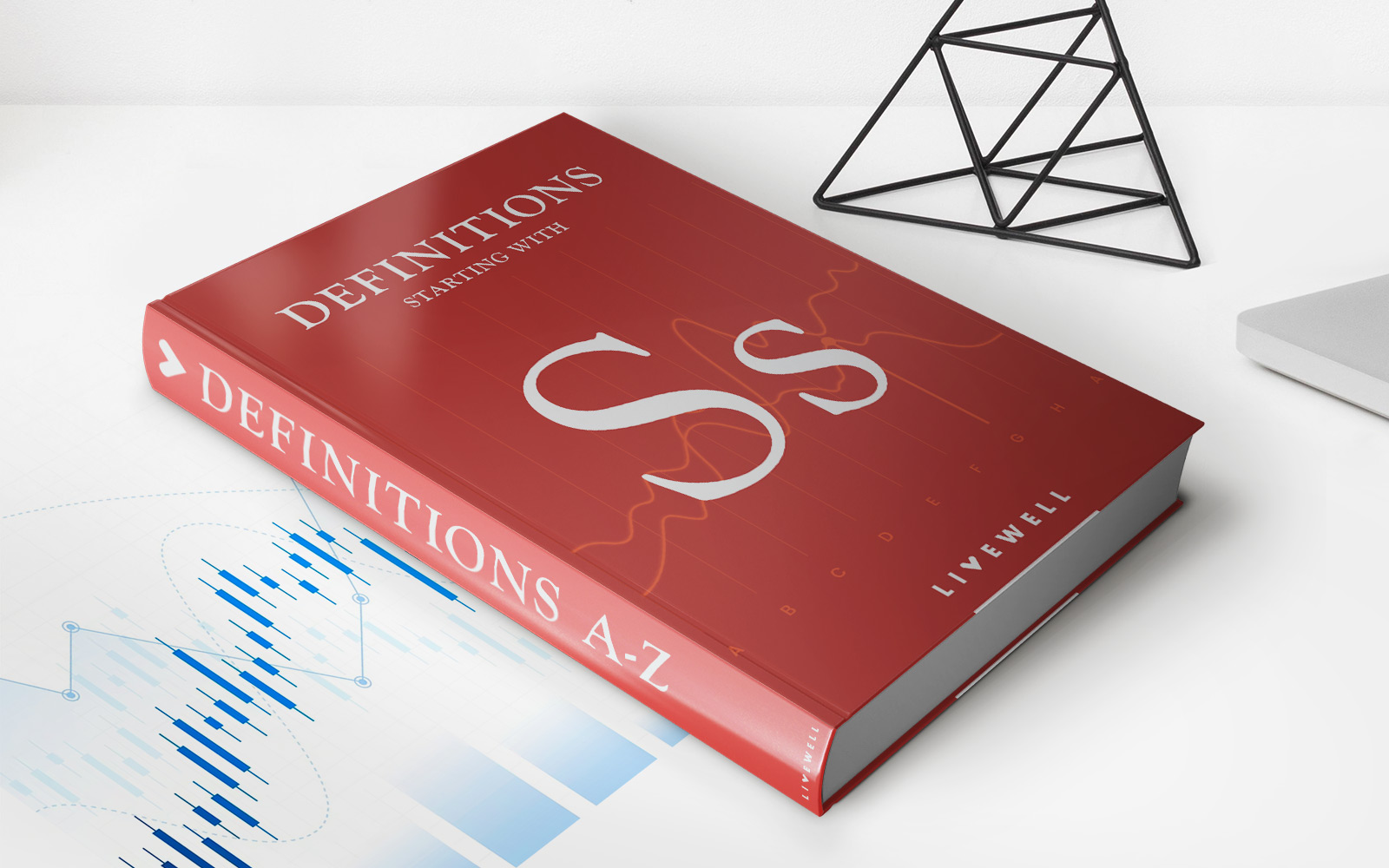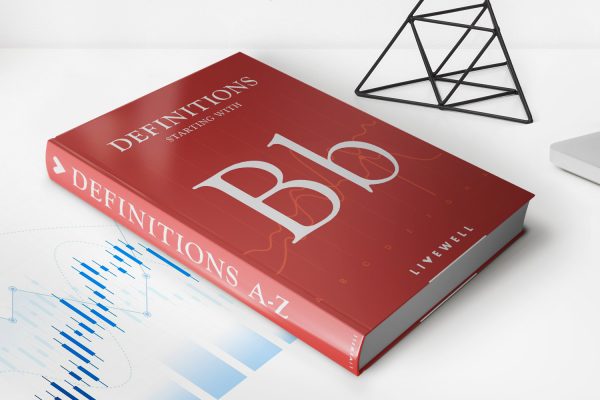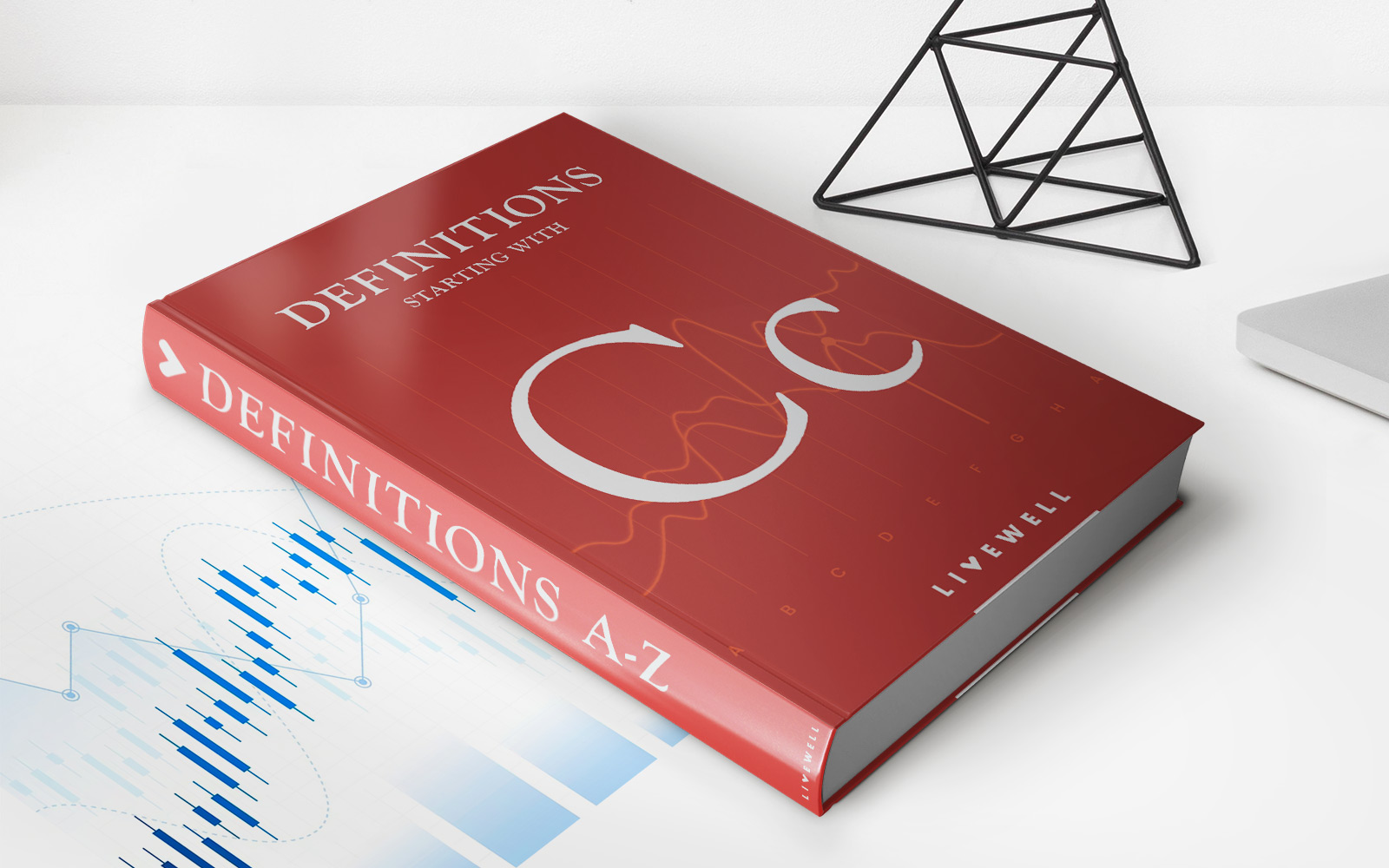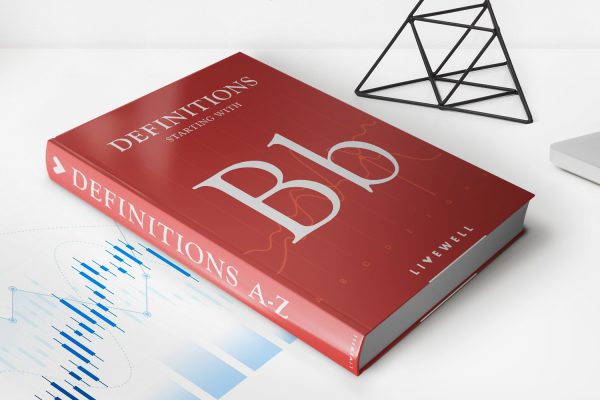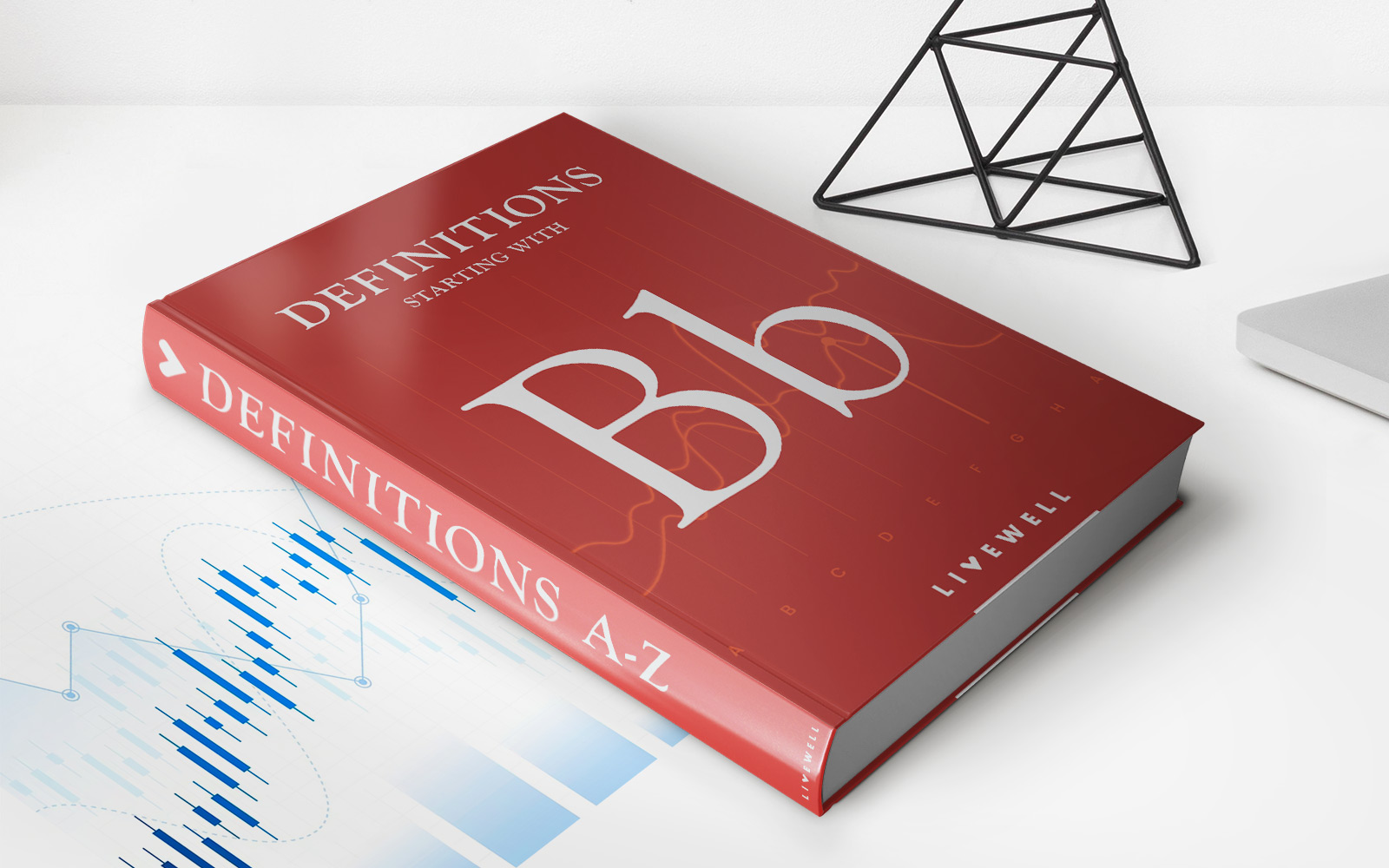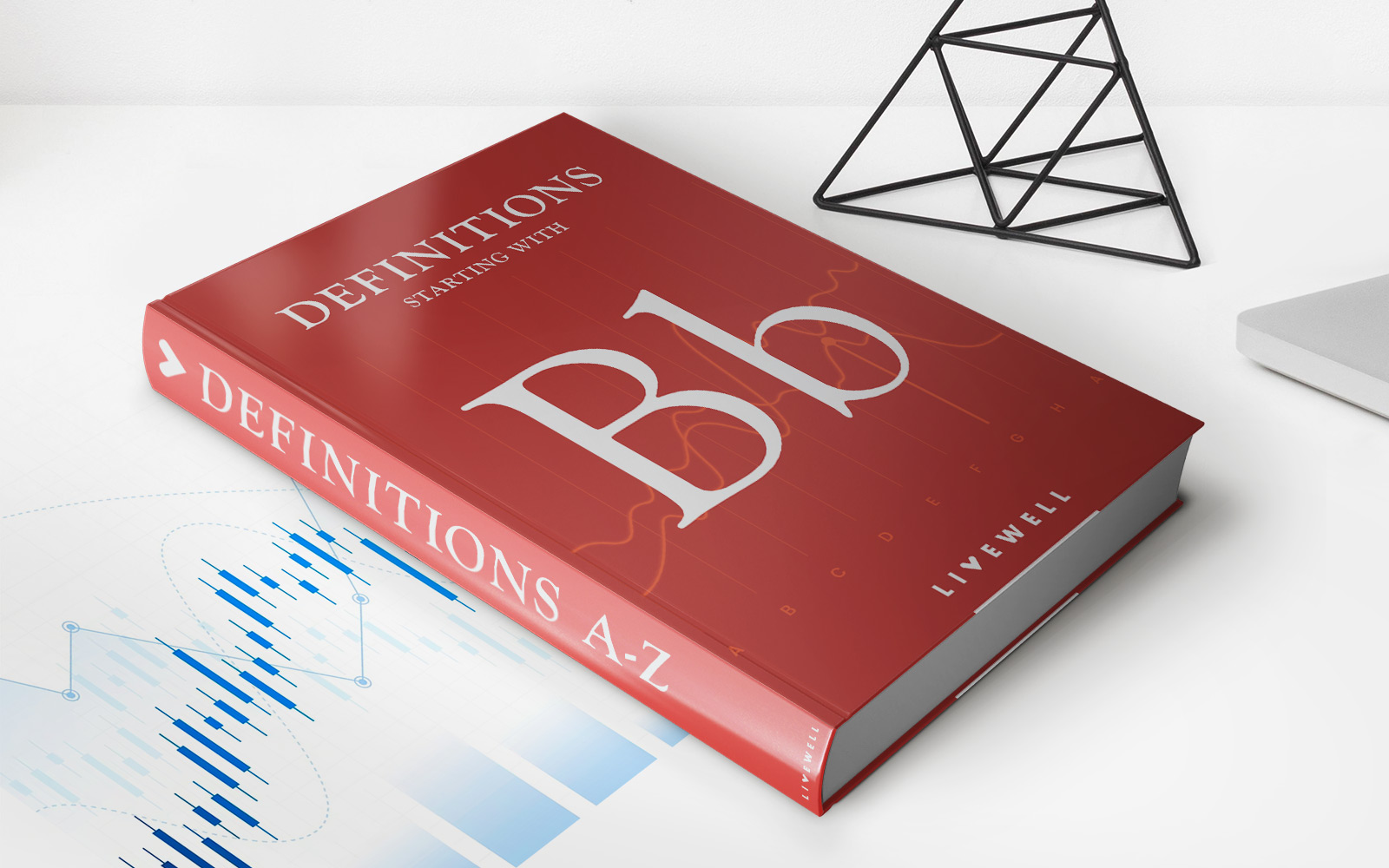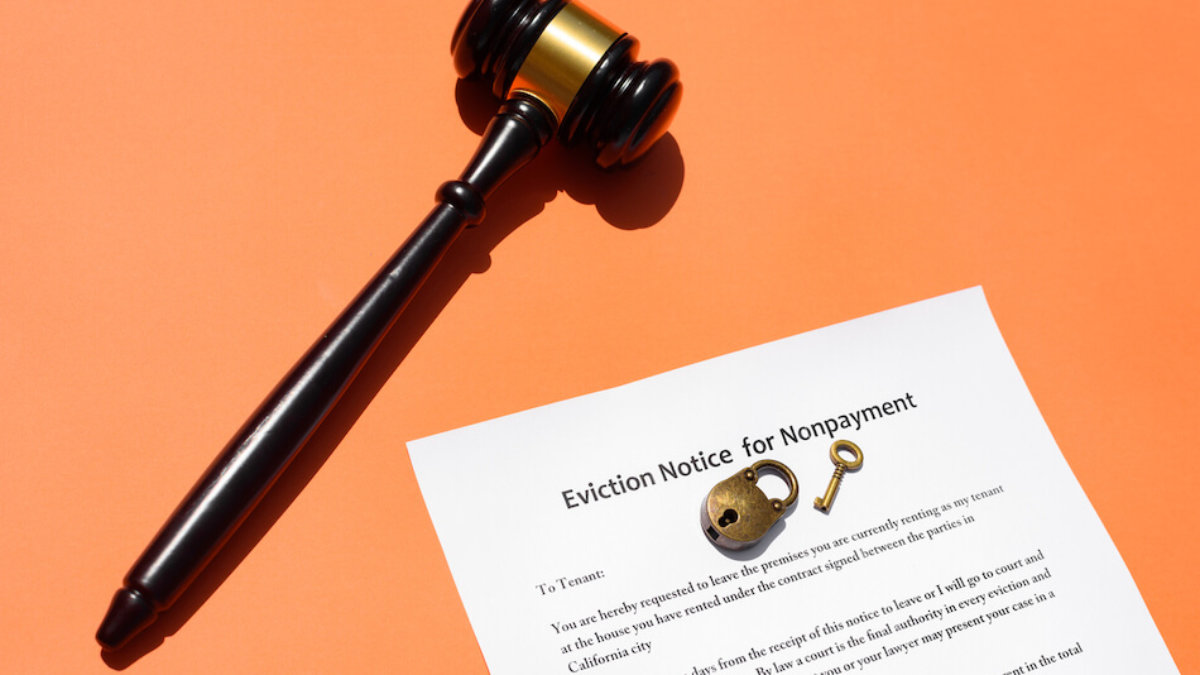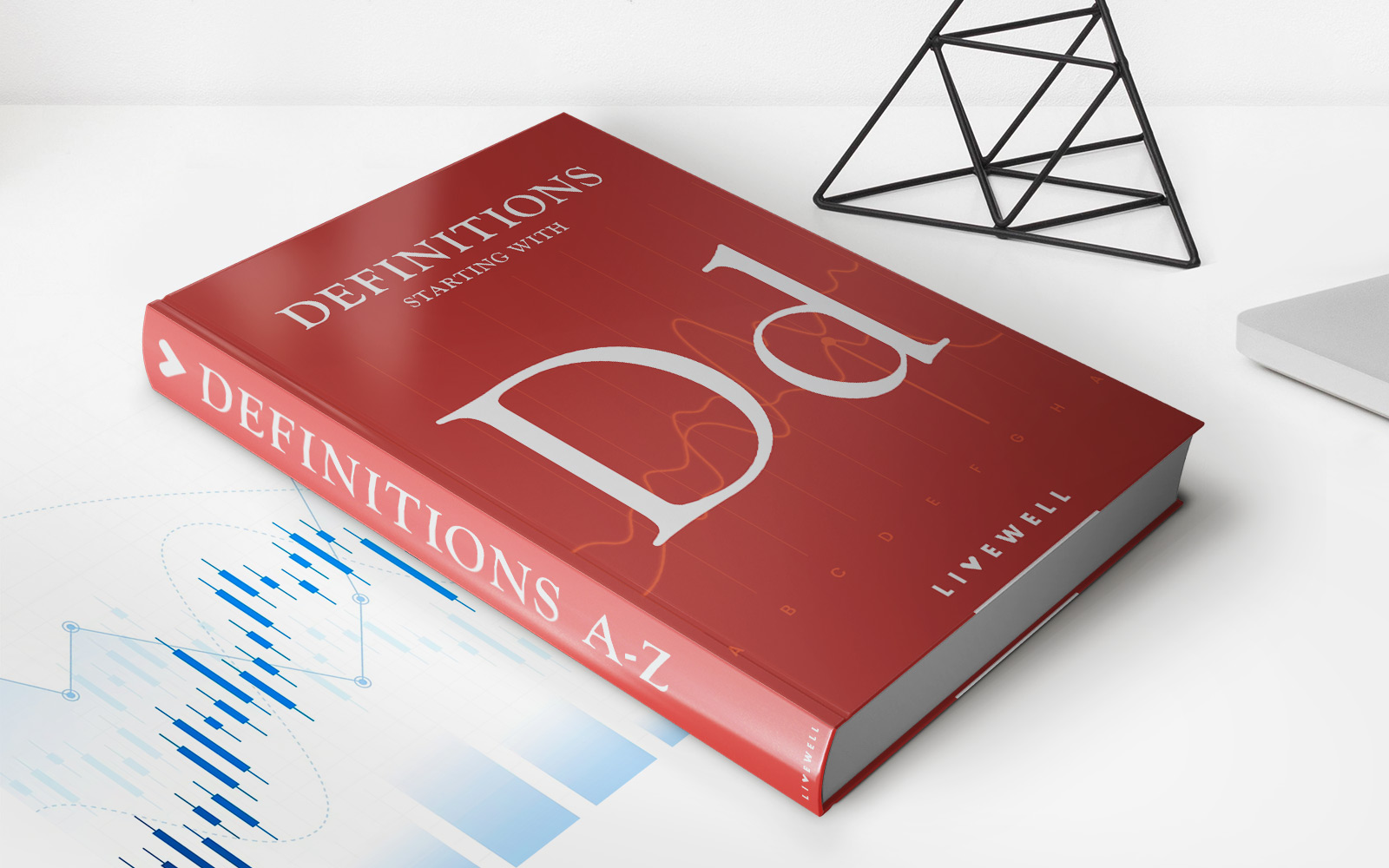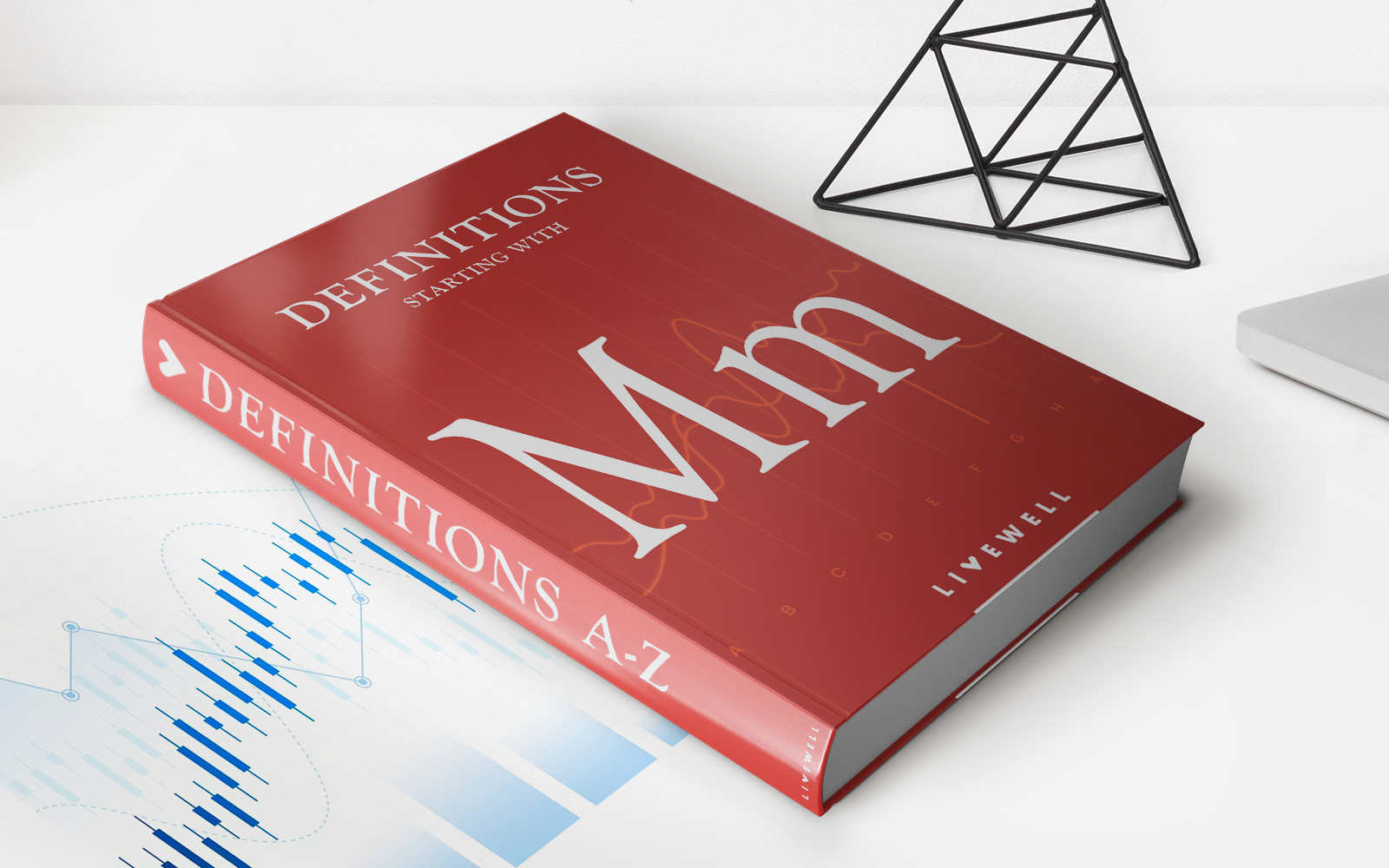Home>Finance>Back-to-Back Letters Of Credit: Definition In Banking And Example
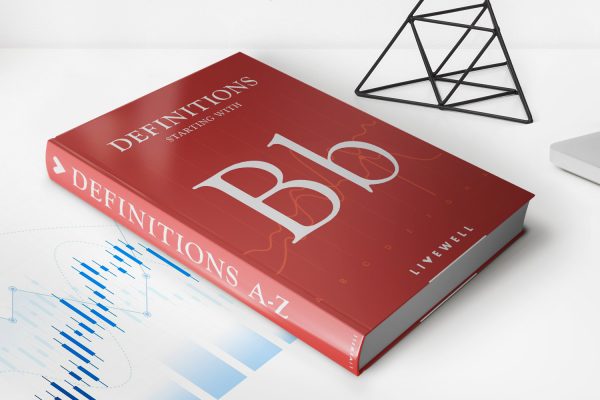

Finance
Back-to-Back Letters Of Credit: Definition In Banking And Example
Modified: February 21, 2024
Learn the definition of back-to-back letters of credit in banking and see an example. Explore this financial concept in the context of finance.
(Many of the links in this article redirect to a specific reviewed product. Your purchase of these products through affiliate links helps to generate commission for LiveWell, at no extra cost. Learn more)
What are Back-to-Back Letters of Credit?
In the world of finance, it’s essential to have a solid understanding of various banking instruments to effectively navigate the intricacies of international trade. One such instrument is the back-to-back letter of credit. But what exactly does this term mean? In this article, we’ll delve into the definition and provide an example of how back-to-back letters of credit work.
Key Takeaways:
- Back-to-back letters of credit are a banking instrument used in international trade.
- They involve two separate letters of credit, with the exporter relying on the first letter to secure a second letter of credit from their own bank.
Understanding Back-to-Back Letters of Credit
A back-to-back letter of credit can be viewed as a two-step transaction in international trade. It typically involves three parties: the exporter (seller), the importer (buyer), and their respective banks. The process begins when an exporter receives an order from an importer, and both parties agree to use a letter of credit as the payment method.
In this scenario, the exporter’s bank issues a first letter of credit, known as the “master credit,” which serves as collateral for the second letter of credit, referred to as the “second credit.” The exporter then approaches their bank, using the master credit as security, and requests the issuance of a second credit in favor of the supplier or manufacturer from whom they will purchase the goods required to fulfill the initial order.
Once the second letter of credit is established, the exporter can present it to their supplier or manufacturer, who can then proceed with the production and delivery of the goods. The supplier’s bank will provide the necessary finances in return for the security offered by the second credit. Upon completion of the order, the exporter receives the goods and ships them to the importer.
At this point, the exporter will present the necessary documents, including the bill of lading and commercial invoice, to their bank to prepare for the negotiation of the master credit. The exporter’s bank will then forward the documents to the importer’s bank, requesting payment. The importer’s bank, in turn, examines the documents to ensure they comply with the terms of the master credit. If everything is in order, the importer’s bank will reimburse the exporter’s bank, who in turn pays the exporter.
Example of Back-to-Back Letters of Credit
Let’s consider an example to better illustrate the concept of back-to-back letters of credit. Suppose XYZ Corp in the United States wants to purchase a specific product from ABC Corp in China. Both companies agree to use letters of credit for the transaction. Here’s how the process unfolds:
- XYZ Corp approaches their bank to request a letter of credit (the first credit) in favor of ABC Corp for a specified amount.
- XYZ Corp receives the first credit from their bank, which functions as collateral.
- ABC Corp, with the first credit in hand, approaches their bank and requests a second letter of credit in favor of their supplier or manufacturer, who will provide the goods to fulfill XYZ Corp’s order.
- ABC Corp receives the second credit from their bank, allowing them to proceed with the purchase of goods from their supplier.
- The supplier ships the goods to ABC Corp, who inspects them before forwarding them to XYZ Corp.
- ABC Corp presents the necessary documents to their bank, who prepares to negotiate the first credit.
- The documents are sent to XYZ Corp’s bank, who reviews them and, if compliant, reimburses ABC Corp’s bank.
- XYZ Corp’s bank pays ABC Corp, completing the transaction.
Wrapping Up
Back-to-back letters of credit are a valuable tool in international trade, allowing exporters to secure the necessary financing to fulfill their orders. By understanding how the process works and leveraging this banking instrument effectively, businesses can ensure smoother and more secure transactions when engaging in global commerce.
So, the next time you come across the term “back-to-back letters of credit,” you’ll have a solid grasp of what it entails and how it works. Remember, when it comes to finance, knowledge is power.
